Are you curious about the Old Money regions in the United States, where wealthy families have been shaping the culture and society for generations? The concept of Old Money is deeply ingrained in American history, and there are certain regions of the country where this legacy is particularly prominent.
These regions are known for their historic estates, elegant architecture, and sophisticated social scene, and they have played a significant role in shaping American culture and society. From the historic mansions of Newport, Rhode Island, to the grand estates of the Hudson River Valley, these Old Money regions offer a glimpse into a bygone era of American wealth and prestige.
So, if you’re interested in exploring the roots of Old Money in the United States, read on to discover the historically Old Money regions of the country.
The Wealthy Families of New York City
The Northeastern United States, particularly the New York City metropolitan area, has long been considered a bastion of “old money” in the United States. For generations, some of the country’s wealthiest and most influential families have called this region home.
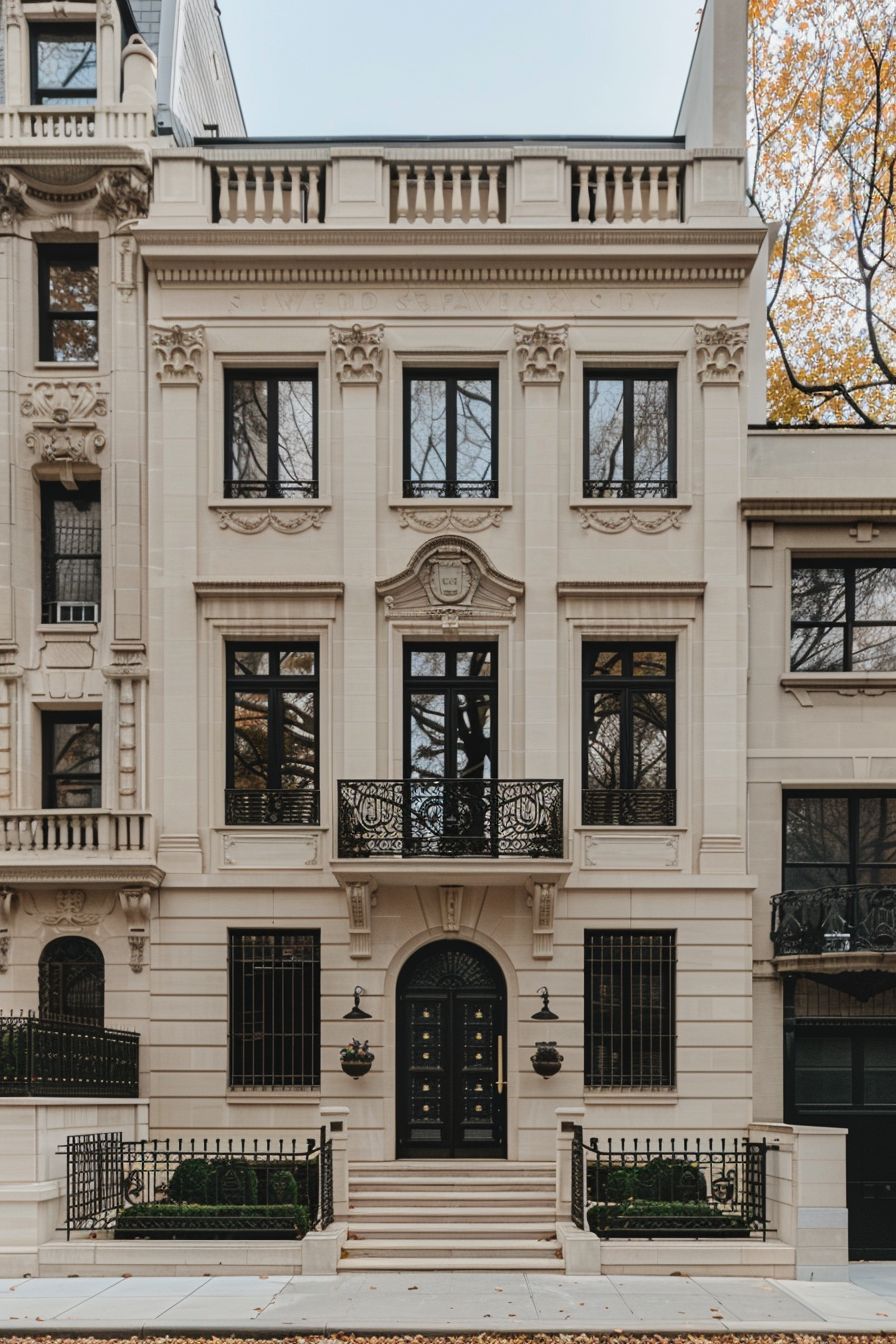
New York City in particular has been the domain of several prominent “old money” dynasties. Families like the Astors, Vanderbilts, Roosevelts, and Morgans amassed immense fortunes in the 19th and early 20th centuries through industries like shipping, railroads, banking, and manufacturing. These families built grand estates, endowed prestigious institutions, and wielded significant political and social power.
The Upper East Side of Manhattan became the epicenter of this old money elite, with sprawling townhouses and opulent mansions lining the streets. Institutions like the Metropolitan Museum of Art, the New York Public Library, and Columbia University bear the imprint of these wealthy families’ philanthropy and influence.
Even today, the vestiges of this old money culture can still be felt in New York. While the specific families may have changed over time, the city remains home to some of the country’s wealthiest and most established dynasties. The ability to claim multi-generational wealth and social standing continues to carry cachet in certain circles of New York high society.
Boston Brahmins of Massachusetts
The Boston Brahmins refer to a social elite that emerged in Boston, Massachusetts in the 19th century. This group consisted of wealthy, influential families who traced their lineage back to the original Puritan settlers of the Massachusetts Bay Colony.
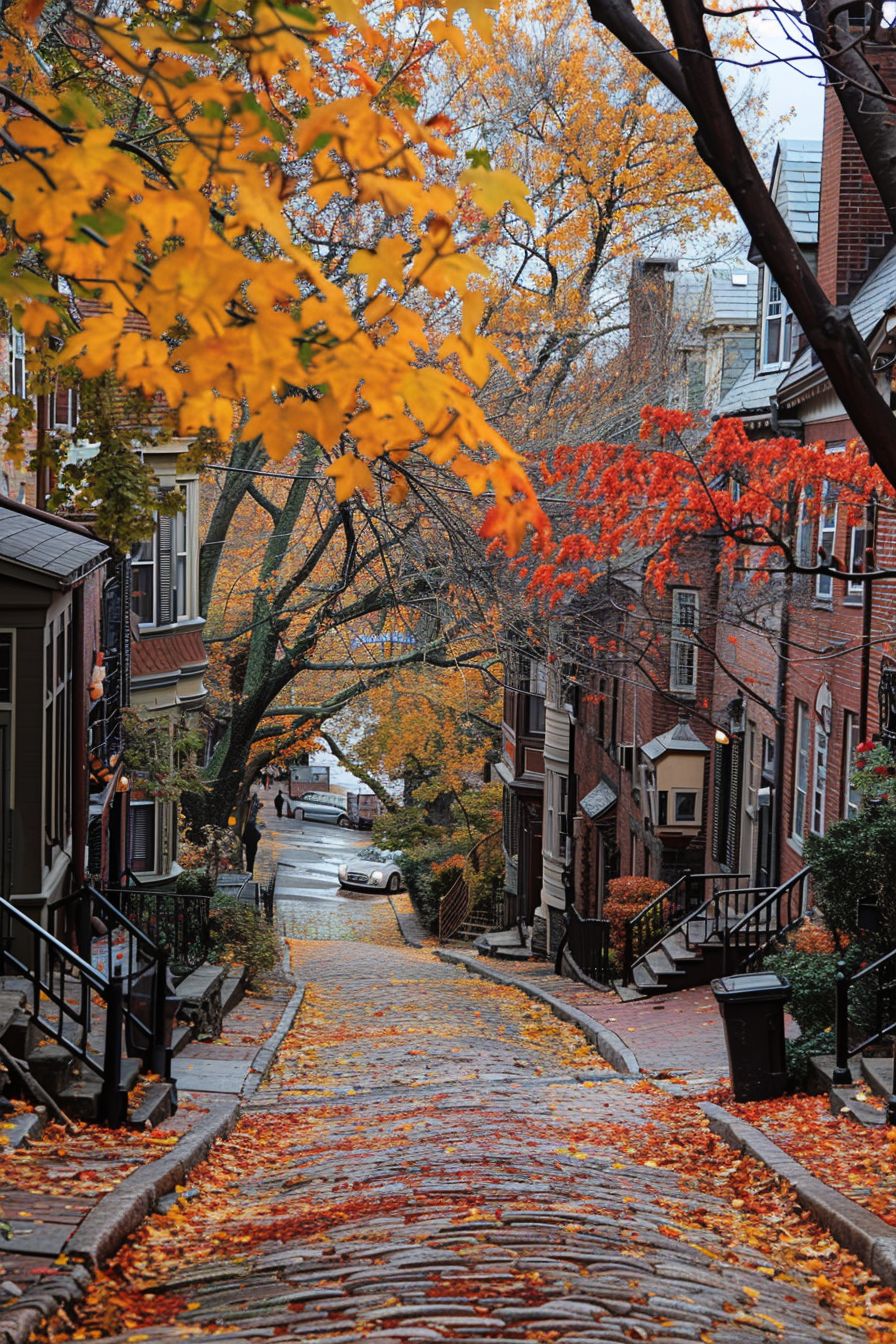
Many of the Boston Brahmin families made their fortunes in industries like shipping, manufacturing, and finance in the 1800s. Names like the Cabots, Lowells, Adamses, Lodges, and Saltonstalls became synonymous with power and prestige in Boston high society.
These families built grand homes, attended elite private schools and universities, and were deeply involved in Boston’s cultural and philanthropic institutions. They saw themselves as the inheritors of New England’s Puritan values and intellectual traditions.
The Boston Brahmins wielded significant political influence as well, with members serving in prominent government roles at the local, state, and national levels. They helped shape the Republican Party in its early years and were known for their advocacy of causes like abolitionism.
Over time, the Boston Brahmin class evolved, with new money families eventually integrating into their ranks. However, the sense of exclusivity, tradition, and noblesse oblige associated with this group persisted well into the 20th century.
Today, while the specific families may have changed, the legacy of the Boston Brahmins continues to be felt in the city’s elite social and cultural circles. The ability to claim deep New England roots and generational wealth remains a mark of distinction in certain Boston communities.
The Coastal Elite of Newport, Rhode Island
Newport, Rhode Island, is a notable example of an old money region in the United States. During the late 19th and early 20th centuries, Newport became a prestigious summer retreat for America’s wealthiest families, including names like the Vanderbilts, Astors, and Morgans. These families transformed the coastal city with their grand “cottages,” which were lavish mansions built to rival the palatial homes of European aristocracy.
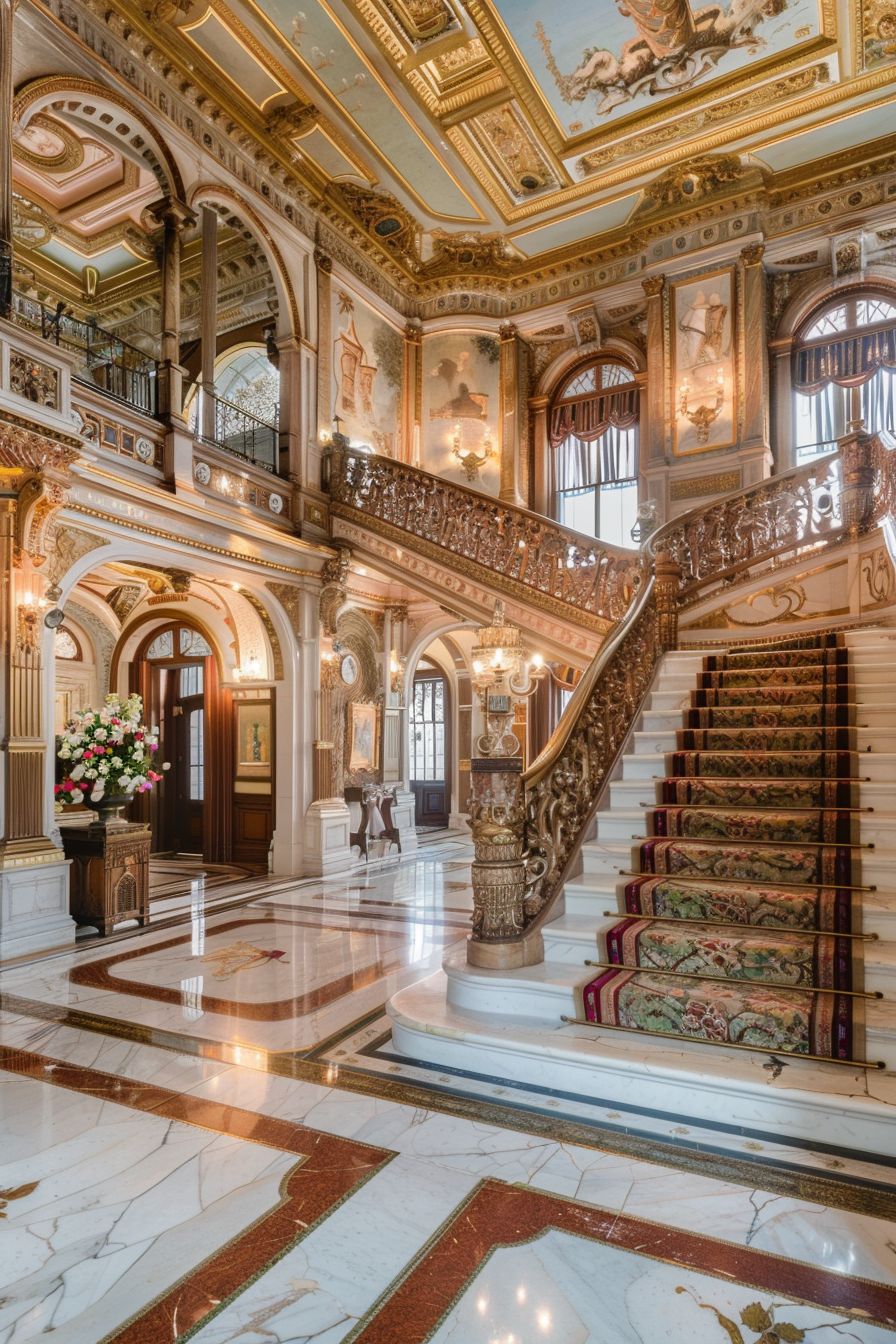
The architectural legacy of Newport’s old money is prominently displayed in its collection of historic mansions, such as The Breakers, Marble House, and Rosecliff. These homes, designed by renowned architects and set against the backdrop of the Atlantic Ocean, reflect the wealth and social status of their owners. The city’s preservation of these historic estates has made Newport a key destination for those interested in America’s Gilded Age and the era’s elite social scene.
The city’s annual events, such as the Newport Music Festival and the Newport Jazz Festival, continue to attract prominent figures and maintain its reputation as a hub of sophistication and exclusivity.
Philadelphia High Society
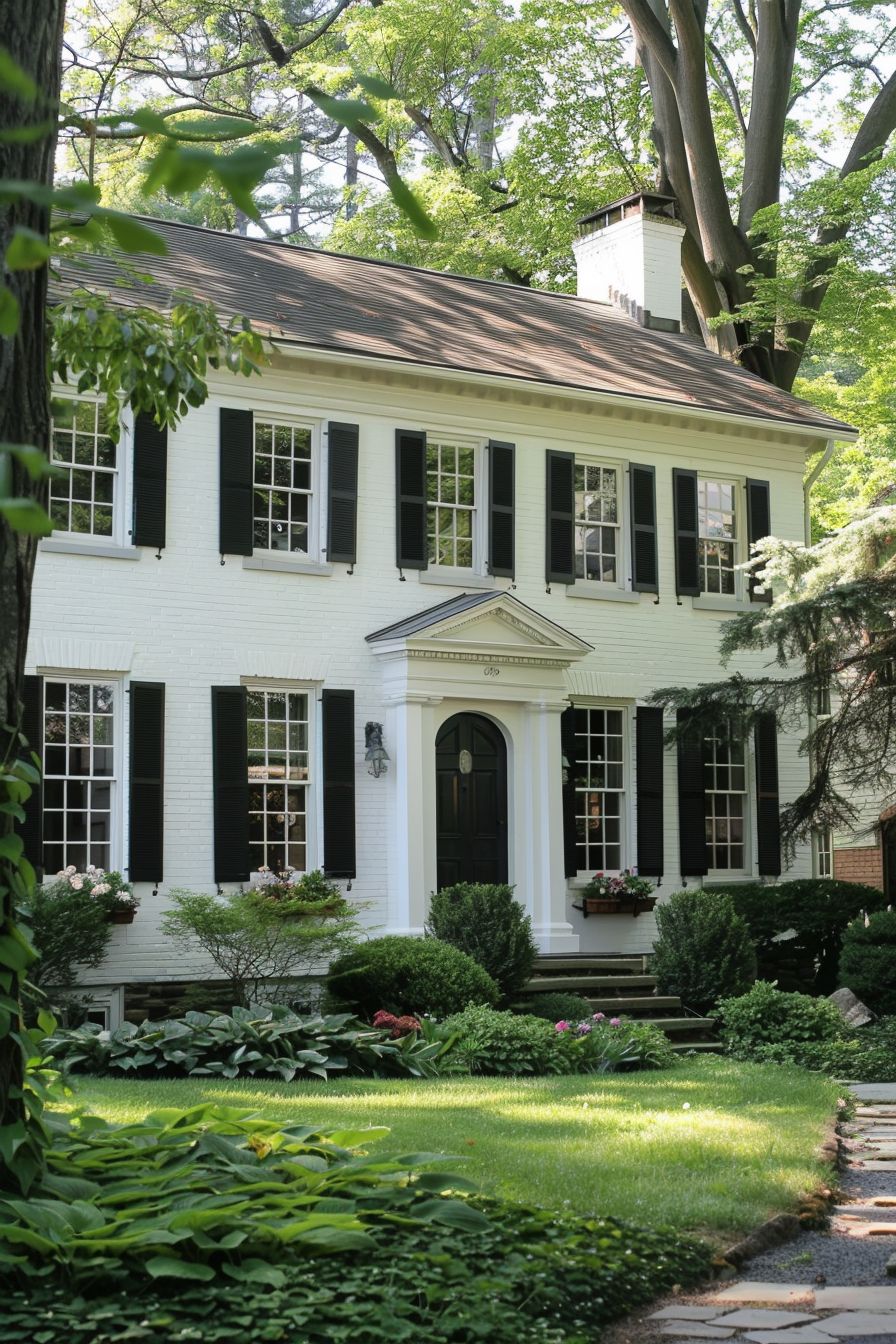
Philadelphia has long been considered another bastion of “old money” in the United States, with a prominent high society that traces its roots back to the colonial era. Much like the Boston Brahmins and New York’s wealthy elite, Philadelphia’s old money families amassed their fortunes through industries like manufacturing, banking, and commerce in the 18th and 19th centuries.
Prominent Philadelphia “old money” families include the Wanamakers, Drexels, Biddles, Clothiers, and Penns – many of whom were involved in the city’s thriving mercantile and financial sectors. These families built grand mansions, endowed cultural institutions, and wielded significant social and political influence in the city.
The Main Line area of Philadelphia, with its sprawling estates and country clubs, became the epicenter of this old money high society. Institutions like the Philadelphia Orchestra, the Philadelphia Museum of Art, and the University of Pennsylvania bear the imprint of these wealthy families’ philanthropy and patronage.
Even today, the legacy of Philadelphia’s old money elite can still be felt in the city’s social and cultural fabric. While the specific families may have changed over time, the ability to claim multi-generational wealth and social standing continues to carry cachet in certain Philadelphia circles. The city’s old money families have helped shape its identity as a hub of East Coast establishment and refinement.
Chicago Upper Class
The upper class in Chicago, particularly those considered “old money,” have historically been concentrated in a few key neighborhoods and regions. These areas reflect the city’s development and the establishment of wealth over generations.
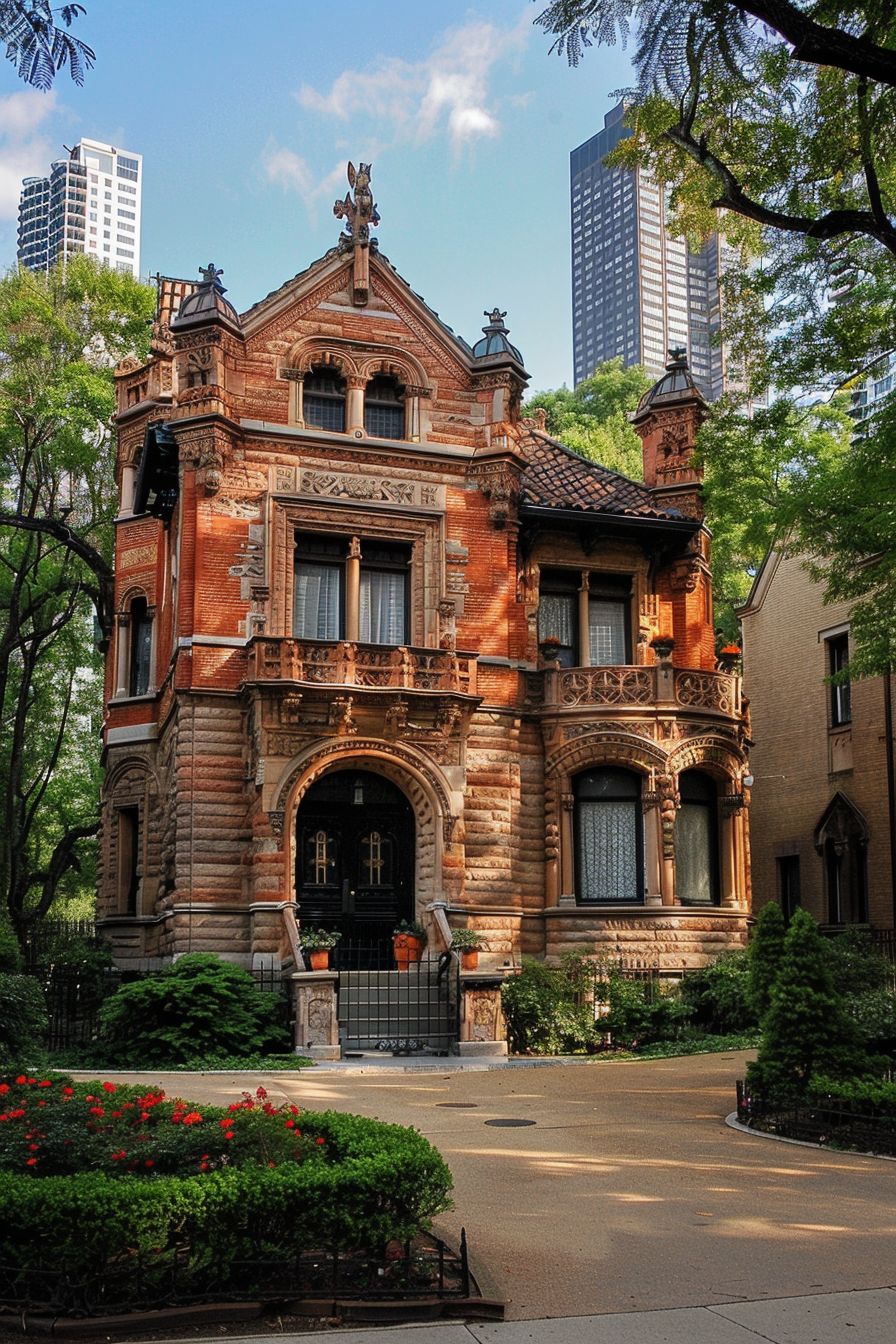
The Gold Coast is one of the most famous and affluent neighborhoods in Chicago. Located near the lakefront on the North Side, it developed in the late 19th century. The area became home to many of Chicago’s wealthiest families, including prominent names like the McCormicks, Armours, and Fields. Mansions and high-end condominiums characterize the neighborhood, with historic architecture and exclusivity.
Another affluent neighborhood on the North Side, Lincoln Park has been a center of wealth for many years. Known for its beautiful parks, historic homes, and cultural attractions, Lincoln Park has attracted Chicago’s elite since the late 19th and early 20th centuries. The DePaul University campus adds to the neighborhood’s prestige and historic charm.
Located about 30 miles north of Chicago, Lake Forest is one of the most prestigious suburban communities. It was established as a haven for Chicago’s elite in the late 19th century and has maintained that status. Large estates, country clubs, and a commitment to preserving historic architecture are hallmarks of Lake Forest.
Hinsdale, located about 20 miles west of Chicago, is another suburban enclave of old money. Known for its picturesque downtown, historic homes, and top-rated schools, Hinsdale has long been a preferred residence for wealthy Chicagoans. The community’s focus on maintaining its historic character and exclusivity has made it a bastion of old wealth.
The architectural styles in Chicago’s old money neighborhoods may differ slightly, with more emphasis on Prairie and Chicago School architecture compared to the Colonial and Federal styles prevalent on the East Coast.
Virginia Aristocracy
The Virginia aristocracy, often referred to as the “First Families of Virginia,” represents one of the most storied examples of old money in the United States. This aristocratic class has roots tracing back to the early colonial period, with many families establishing their wealth and influence in the 17th and 18th centuries. These families were integral to the social, political, and economic fabric of Virginia and played a crucial role in the early history of the United States.
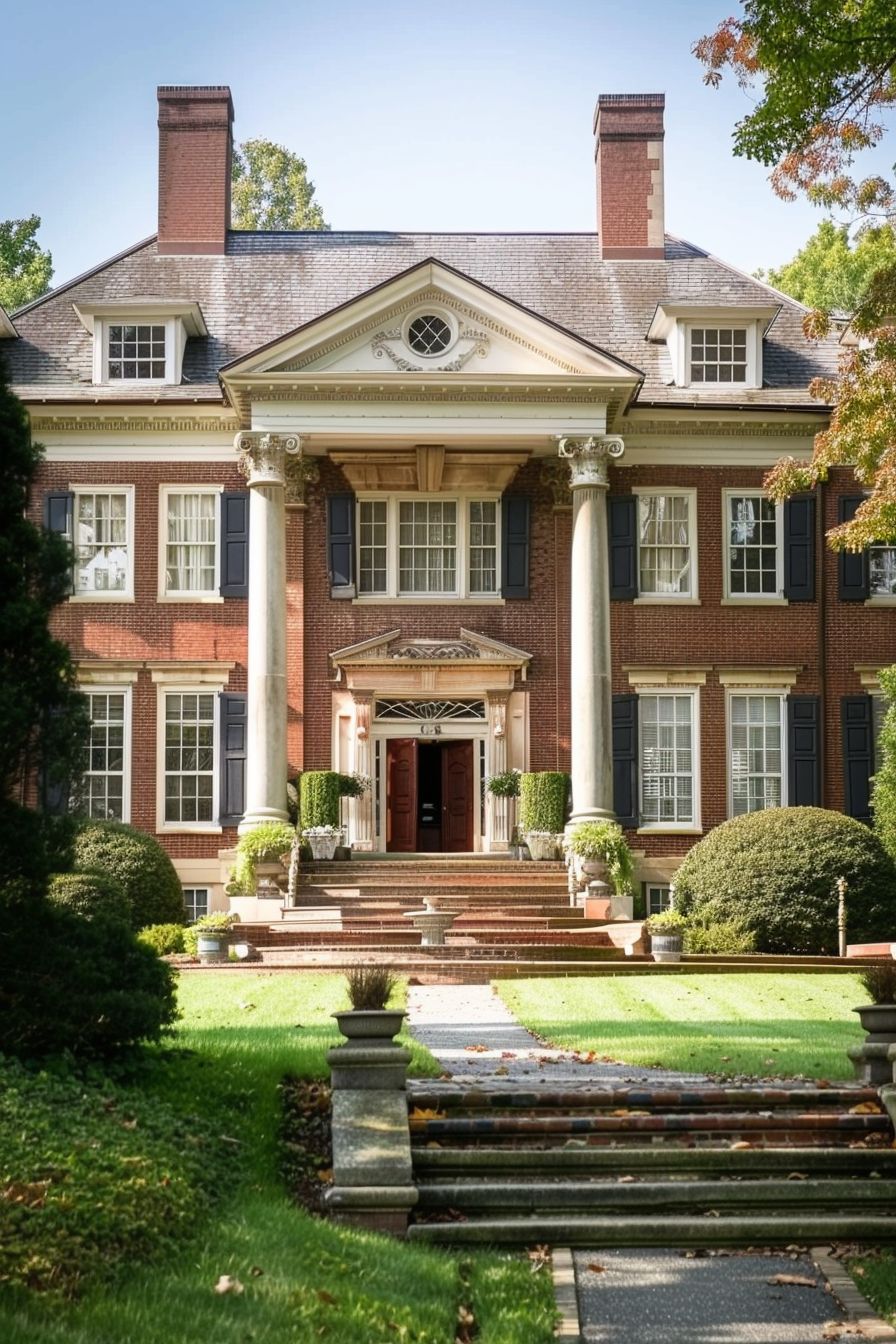
The Virginia aristocracy primarily settled in the Tidewater region, an area known for its fertile soil and proximity to navigable rivers, which facilitated trade and agriculture. This region includes notable areas such as the James River plantations, where families like the Carters, Lees, and Randolphs established large estates and amassed significant wealth through tobacco farming. These plantations were not only economic powerhouses but also social centers where the Virginia gentry cultivated a distinct culture of refinement and gentility.
Education and intellectual pursuits were highly valued among the Virginia aristocracy. Many members of these families were educated in Europe or at prestigious institutions like the College of William & Mary, further cementing their status and influence. Their education and connections often led to prominent roles in colonial and state government, with figures like Thomas Jefferson, George Washington, and Patrick Henry emerging from this elite class to shape the nation’s founding.
Architecturally, the homes and estates of the Virginia aristocracy reflect their wealth and aspirations. Grand plantation houses, often built in the Georgian or Colonial Revival styles, dotted the landscape, showcasing the prosperity and taste of their owners.
Virginia aristocracy’s wealth was deeply tied to land and agriculture. This connection to the land fostered a unique culture of hospitality, tradition, and social hierarchy that distinguished the Virginia gentry from their northern counterparts.
Wealthy Chesapeake Bay
The Chesapeake Bay region, encompassing parts of Maryland and Virginia, has long been associated with old money and a wealthy aristocracy that dates back to the colonial era. This area became a center of affluence due to its strategic location, fertile land, and thriving tobacco trade.
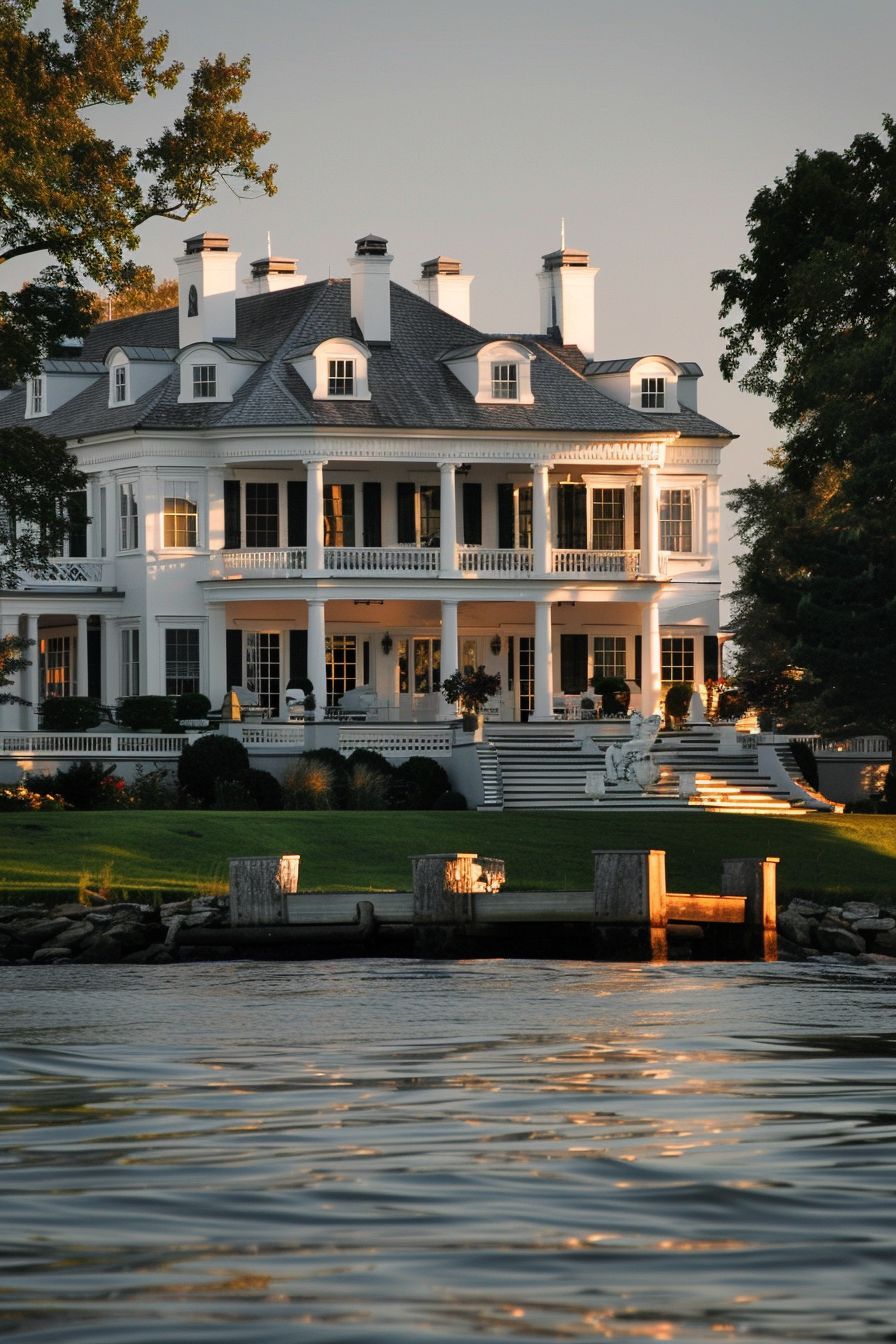
Wealthy families established large plantations along the bay’s shores and its many rivers, cultivating a society that mirrored the English gentry’s structure and values.
The wealthy families of the Chesapeake Bay, such as the Calverts, Carters, and Lees, played a crucial role in the development of the American colonies. Their influence extended beyond their economic activities; they were instrumental in the political landscape, with many serving in colonial legislatures and other positions of power.
Education and social standing were highly prized, and many members of these families were sent to Europe or prominent American institutions to be educated. This transatlantic connection reinforced their social status and allowed them to maintain close ties with the British aristocracy, even as the American colonies moved toward independence.
Architecturally, the Chesapeake Bay’s wealth is reflected in the grand manor houses and estates that still dot the landscape today. These homes, often built in the Georgian or Federal styles, showcase the prosperity and cultural aspirations of their owners.
The Southern Plantation Elite
The Southern plantation elite, often referred to as the planter aristocracy, represents one of the most distinct examples of old money in the United States. This group emerged in the antebellum South, where vast plantations and a reliance on slave labor created immense wealth for families involved in cultivating crops such as cotton, tobacco, and rice.
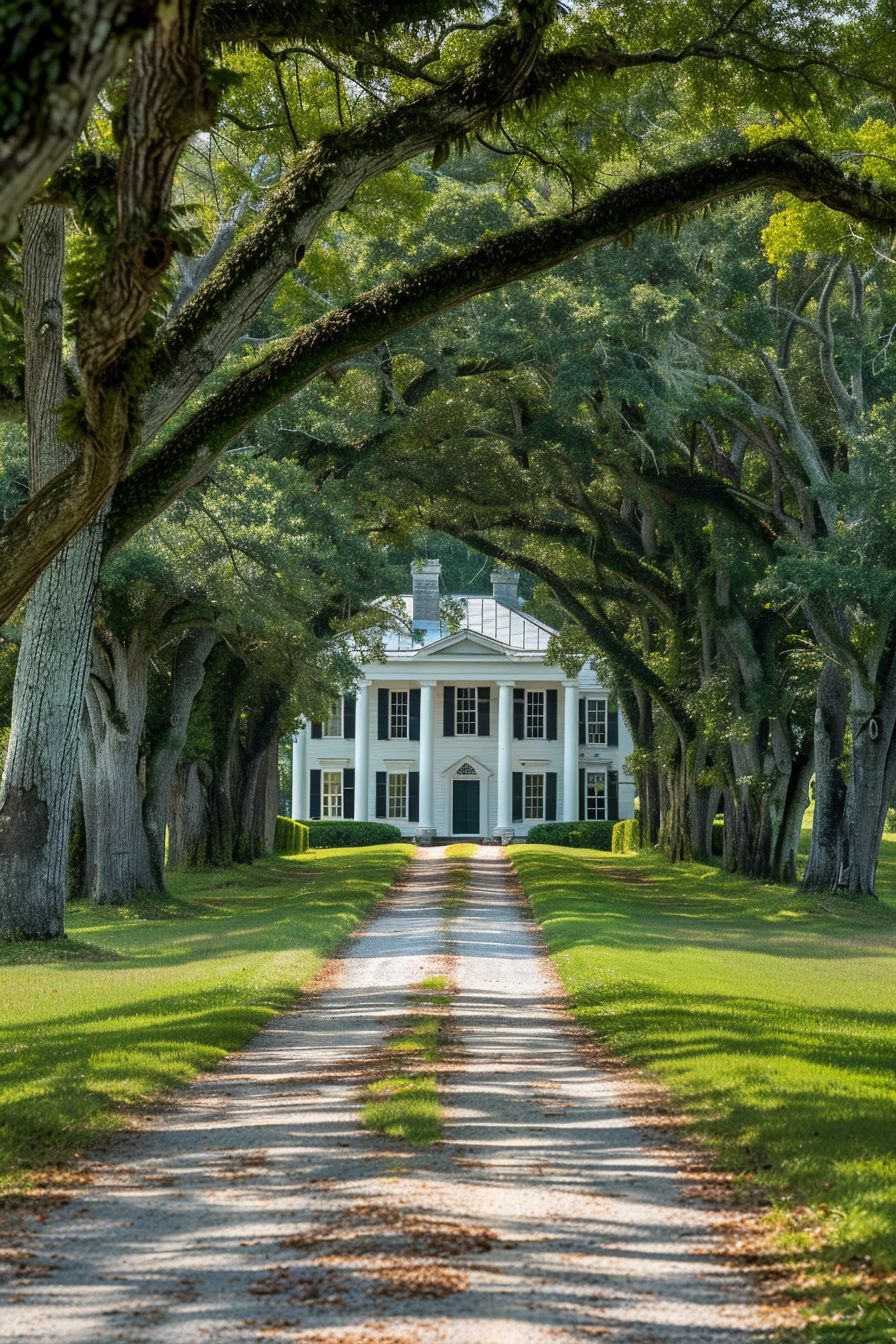
Families such as the Lees of Virginia, the Butlers of South Carolina, and the Jacksons of Georgia epitomized the Southern plantation elite. Their wealth and status were deeply intertwined with the institution of slavery, which provided the labor necessary for their agricultural enterprises. The planter class maintained an opulence lifestyle, characterized by grand homes, lavish social events, and a strict adherence to traditional Southern values and hierarchies.
The legacy of the Southern plantation elite is complex, reflecting both the region’s economic prosperity and its reliance on an exploitative social system. Architecturally, their influence is seen in the stately plantation houses that still stand today, many of which have been preserved as historical sites
These homes, often built in the Greek Revival or Georgian styles, symbolize the wealth and cultural aspirations of their owners. Despite the profound social changes brought by the Civil War and the abolition of slavery, the cultural and historical impact of the plantation elite continues to shape Southern identity.
Gilded Age Elite of San Francisco
The Gilded Age elite families of San Francisco represent a unique chapter in the history of old money in the United States. During the late 19th and early 20th centuries, San Francisco became a hub of wealth and power due to the California Gold Rush and the subsequent boom in industries such as railroads, shipping, and banking.
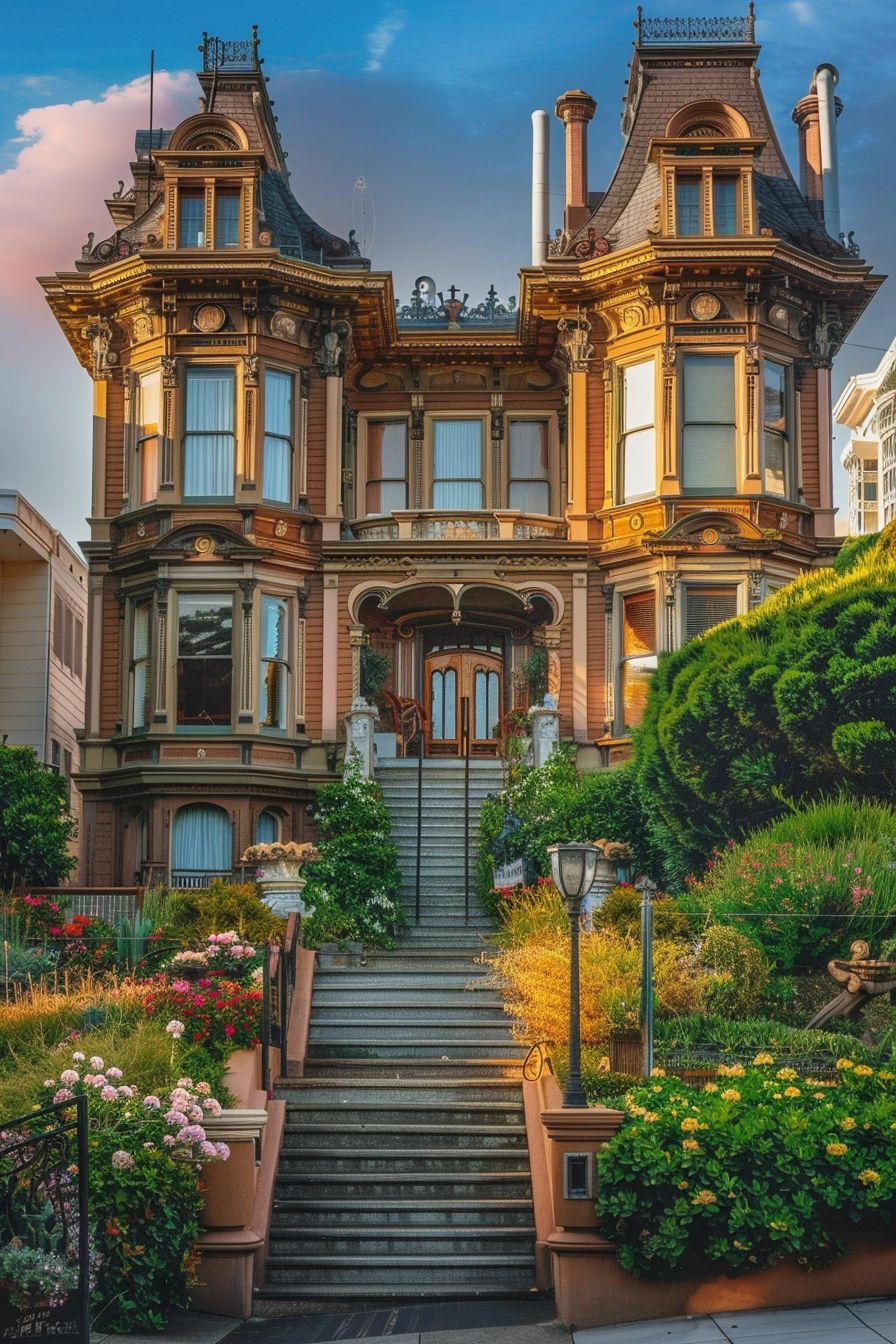
Prominent families like the Crockers, Stanfords, and Hearsts amassed vast fortunes and established themselves as the city’s social and economic elite.
These families built opulent mansions in neighborhoods such as Nob Hill, where their lavish lifestyles and grand homes reflected their immense wealth and social status. They invested in enterprises, from railroads to newspapers, further cementing their influence.
The cultural impact of these families was significant, as they supported the arts, education, and public institutions, contributing to the development of San Francisco as a major cultural and economic center.
The legacy of San Francisco’s Gilded Age elite endures in the city’s architecture, cultural institutions, and philanthropy. Landmarks like the Stanford Mansion and the Hearst Castle serve as reminders of the opulence and ambition of this era.
Oil Barons of Texas
The oil barons of Texas emerged as a defining force in the early 20th century, transforming the state into a center of immense wealth and influence. The discovery of oil at Spindletop in 1901 marked the beginning of the Texas oil boom, attracting entrepreneurs and investors eager to capitalize on the newfound resource. Families such as the Rockefellers, H.L. Hunt, and the Murchisons amassed significant fortunes through their involvement in the oil industry, establishing themselves as the elite of Texas society.

These oil barons invested heavily in infrastructure, including refineries, pipelines, and railroads, which further fueled the state’s economic growth. The cities of Houston and Dallas became centers of commerce and finance, with the influence of the oil industry permeating every aspect of Texan life.
The legacy of the Texas oil barons is evident in the state’s continued prominence in the energy sector and its thriving economy. Iconic institutions, such as the University of Texas and the Texas Medical Center, benefited from their philanthropy and vision.
WASP Elite of Washington D.C.
The WASP elite families of Washington D.C. have long held a significant position in American society, representing a blend of political influence, social prestige, and economic power. These families, with roots tracing back to the Republic’s early days, were instrumental in shaping the nation’s capital into a center of power and culture. Prominent families such as the Roosevelts, Bermans, Kennedys, and Lodges established themselves through public service, diplomacy, and connections to influential institutions.
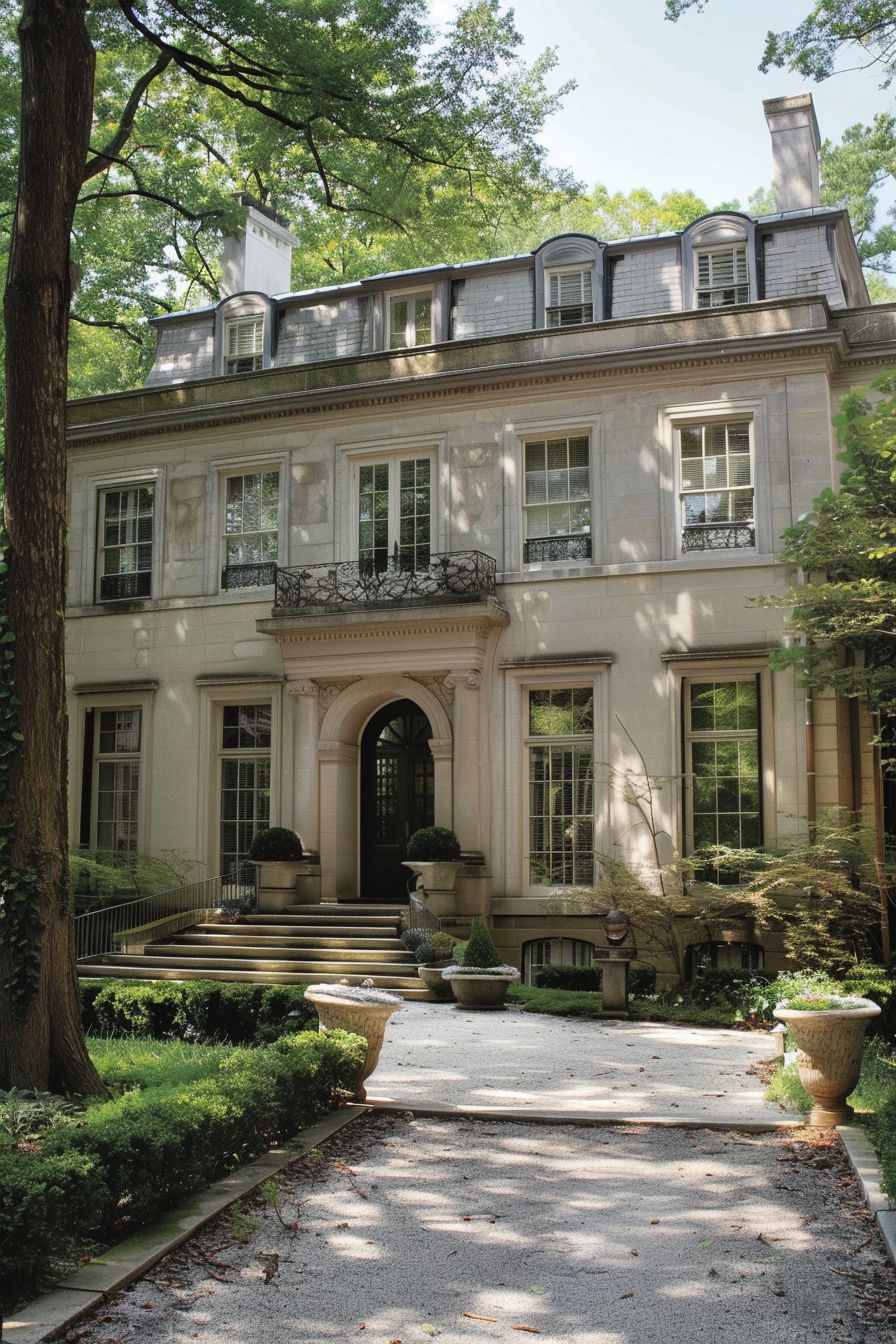
In Washington D.C., these elite families resided in upscale neighborhoods like Georgetown and Dupont Circle, where their stately homes and private clubs symbolized their status. Their commitment to public service often meant that generations of family members held significant government positions, from senators to ambassadors.
The legacy of the WASP elite in Washington D.C. remains evident today. Their contributions to American society have left an indelible mark on the nation’s capital, with numerous landmarks, foundations, and public spaces bearing their names.
Palm Beach, Florida High Society
West Palm Beach, Florida, has long been associated with high society and old money, particularly since the early 20th century when industrialists and magnates from the North began establishing winter residences in the area.
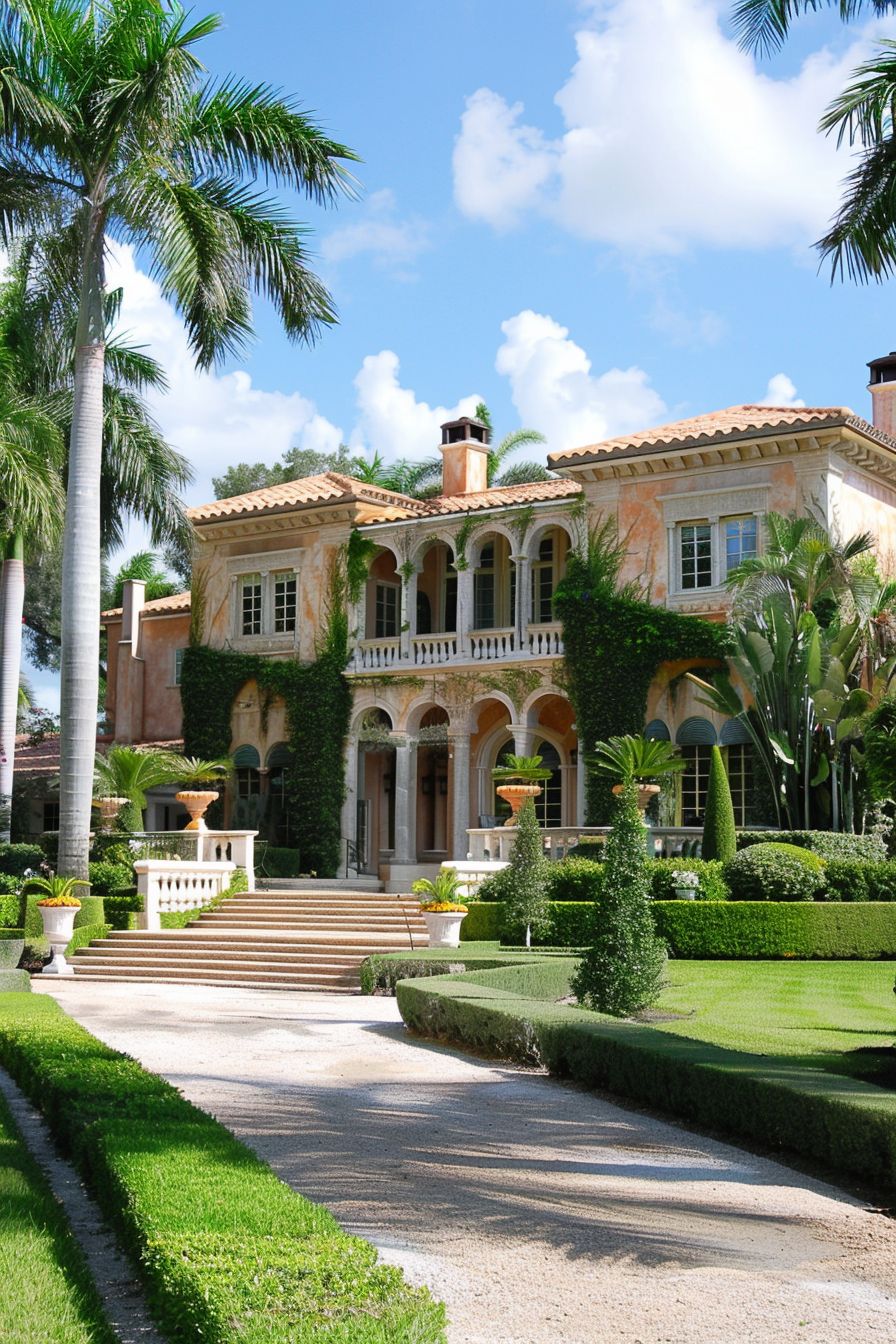
The city’s development as a luxury destination can be largely attributed to Henry Flagler, a key figure in Florida’s growth, who extended his railroad to West Palm Beach and built lavish hotels like The Breakers. This transformation made the city a winter haven for America’s wealthy elite, including families such as the Vanderbilts, Rockefellers, and Kennedys.
The high society of West Palm Beach is centered around exclusive clubs, opulent estates, and a lifestyle of luxury and leisure. The Palm Beach social scene revolves around prestigious events like the International Polo Club matches, charity balls, and art shows, attracting the elite from across the country.
The island of Palm Beach, in particular, is home to grand mansions and estates that reflect the affluence and status of their owners. These properties, often passed down through generations, symbolize the enduring presence of old money in the region.
The preservation of historic landmarks and the continuation of traditional social events maintain the city’s reputation as a bastion of old money and refined living.
Subscribe
1 comment
Leave a Reply




In regard to Chicagoland, you are quite wrong in your evaluation to mention stereotype nerdy, little box mentality Hinsdale far removed from Lake Michigan (you got it right about beautiful Lake Forest, replace sterile and ugly Hinsdale with Kenilworth or Winnetka on the beautiful Lake Michigan) and medieval dogmatic Roman Catholic DePaul University is a third, if not fourth-rate business too provincial to hire even Norman Finkelstein is Chicago corruption. The Vincentian order priests and laymen teachers at its DePaul University Academy were lower class ethnic thugs who daily hit and pulled out the hair on the heads of their all male prole pupil victims and worse, no art or music whatsoever in curriculum. You obviously lack concrete life experience in Chicagoland.